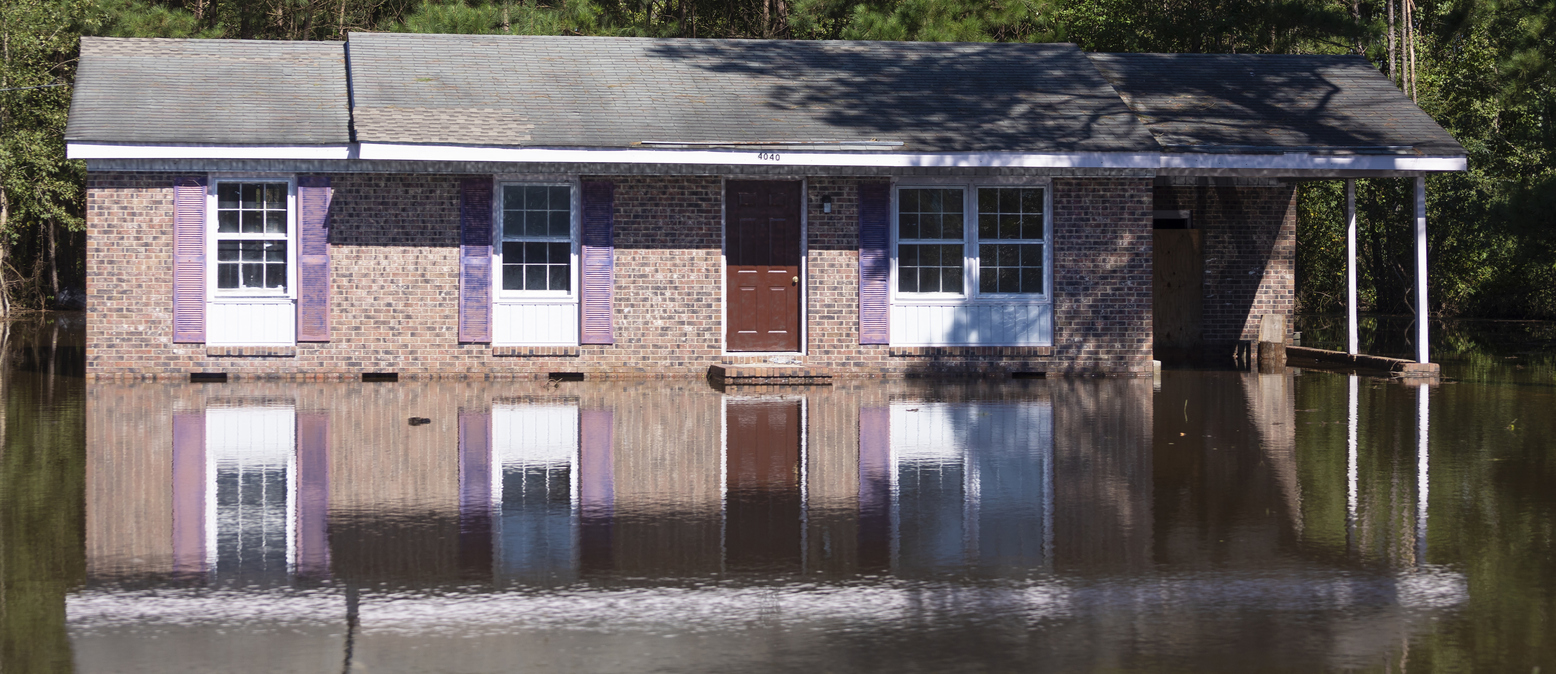Though floodwaters have largely receded, the storm’s effects are still being felt in nearly every aspect of life in eastern North Carolina. School is still out in much of the eastern part of the state, leaving some parents scrambling to make child-care arrangements or to find tutors to keep their children on track academically. Some owners of damaged homes are having to wait months for repairs, as carpenters and other contractors are in such high demand.
North Carolina Gov. Roy Cooper signed a bipartisan, $50 million Hurricane Florence disaster-relief bill on Wednesday that legislators described as a down payment on what they expect will be a yearslong rebuilding process.
“Hurricane Florence has deeply wounded North Carolina, but working together, we’ll recover smarter and stronger,” Mr. Cooper said of the legislation.
The death toll rose to 39 in the state after two people died in late September while making storm-related repairs, according to the governor’s office. In many communities, large piles of tree limbs, damp carpet and molding furniture line the streets. Planes fly overhead spraying mosquito repellent to ward off swarms of insects breeding in standing water.
Students in Wilmington go back to school Thursday, but those in New Bern and Jacksonville—two other hard-hit communities—have to wait until the middle of next week.
Some students will be sent to different schools, while theirs are closed for repair.
State education officials said Wednesday that insurance claims for schools so far are $40 million, compared with $14 million total for Hurricane Matthew in 2016.
State Transportation Secretary Jim Trogdon told legislators on Wednesday that the state is helping school systems redraw bus routes to avoid damaged roads.
More than 300,000 people have applied for state and federal help to buy food, and 104,000 people with damaged homes have registered for relief with the Federal Emergency Management Agency, the governor said.
Rick Duvall, a 55-year-old carpenter, said his home was badly damaged in Leland, 15 miles west of Wrightsville Beach, near where the storm made landfall on Sept. 14.
“The walls are buckling, the ceiling’s falling out, stuff is falling off the walls,” Mr. Duvall said. “Florence has been a nightmare.”
He registered with FEMA but isn’t receiving help because he has private insurance, he said. He is instead seeking a low-interest loan from the Small Business Administration so he can buy a new house. He is hoping to be able to move into a new home in the same town by Christmas.
Throughout the state, 126 roads remain closed, down from a peak of 2,500, said Mr. Trogdon, the transportation secretary. Some have been temporarily repaired but need more extensive work done for the long term, he said.
“The storm’s not over until the last site is repaired, the last road is open, and the last pound of debris is removed,” Mr. Trogdon said.
The General Assembly held a special legislative session this week to approve the $50 million in disaster funding, to provide immediate help to counties in need and to doll out state matching funds for federal disaster programs. The legislature agreed that school districts in affected counties could miss up to 20 days of class without having to make it up.
Mr. Cooper toured the eastern part of the state on Tuesday and Wednesday, thanking volunteer firefighters, surveying flood damage and talking with displaced residents.
In Snow Hill, population 1,500, he visited an ad hoc disaster relief center at the food bank run by Greene County Interfaith Volunteers, Inc.
Executive Director Dianne J. Anderson showed him the four-burner household stove her volunteers used to prepare 4,500 hot meals over 10 days for first responders and residents who were without food.
Ms. Anderson said Mr. Cooper gave his assurances that the state would continue to help. She said she fears the storm will have lingering effects in her poor and rural community, where farmers lost crops and hourly employees were without work while businesses closed.













